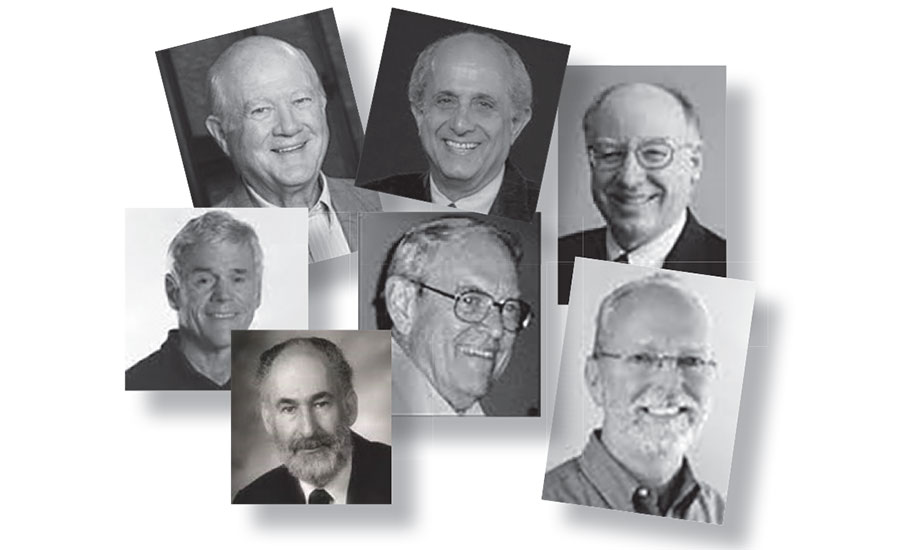This article originally appeared in the April, 1998 issue of ISHN, written by Editor Dave Johnson.
Why did 860 specialists -- more than double ASSE's expectations -- pay several thousand dollars to travel to Orlando, Fla., at the end of February to hear psychologists and consultants lecture on how to change behaviors, attitudes, and workplace cultures?
For Tom Krause, co-founder and CEO of Behavioral Science Technology, and one of the featured speakers, the turnout marked mainstream safety's embrace of behavior-based strategies. But safety and health practitioners are "gold medal winners" when it comes to chasing "silver bullets and magic pills" to solve problems, cautioned Dan Petersen, the well-known safety management consultant. Was the two-day Orlando meeting the high-water mark of a fad? Or is the field ready to tackle complex organizational and psychological issues after relying on engineering skills and rules enforcement for half a century?
Star power
Sizzle and substance both had a hand in drawing the crowd to Orlando. "People are here partly because of the star power of the speakers," explained a safety director from Nebraska.
Indeed, ASSE promoted its conference by playing up the well-known personalities involved: Krause, Petersen and E. Scott Geller have all written books and scores of articles between them. They regularly cross paths on the lecture circuit. All three star in their own videos, and Geller markets an audio series.
Aubrey Daniels' book, The Astonishing Power of Reinforcement was published by McGraw-Hill, and Daniels has been interviewed in The Wall Street Journal, Fortune, CNBC, and CBS Radio.
Terry McSween runs his own behavioral safety conference each year, has a book to his name, and a web site for his consulting company.
Michael Topf just came out with his first book, and heads up his own company, The Topf Organization.
Steven Simon was introduced at the symposium as the "father of culture change."
The proceedings did have a certain show biz aura. Geller played a snare drum during his opening remarks. An evening book-signing reception capped the first day's schedule. For the finale the next afternoon, the seven main speakers were seated on stage in front of a giant video screen that captured their gentle sparring in an ask-the-experts open forum. This kind of marketing blitz is foreign to safety, as are media celebrities. Meeting with successful authors brings a measure of self-respect, explained a safety manager from Nebraska. They make safety cool. "It builds self-confidence," he said.
Searching for answers
In Orlando, a safety manager for a utility company echoed the sentiments of many peers when he said: "I came here to get ideas how to push our people away from traditional safety into behavioral safety."
A consultant attending the symposium mused over her lunch: "One of our clients lost a man in a confined space incident. He had been trained and gone through the permitting process. He even had stopped others from entering insanely. Then one day he said, 'I'll only be a minute' and by-passed the safety procedures. What was in his head? Why did he do this?"
Speakers in Orlando pointed to organizational pressures, personal values and beliefs, behavioral activators and consequences. But just how these influences lead to shortcuts and risky behaviors was a matter of opinion. Conflicting, overlapping, and sound bite messages, partly inspired by the sales competition among the speakers (who all have consulting businesses), confused some attendees. "Behavioral safety is not just observations and feedback," said Geller.
A dissenting view
There was nothing ambiguous about a union representative's views on what he called "this behavior-based stuff." Jim Howe, the intense assistant director of safety and health for the United Auto Workers, was invited down from Detroit to offer, "A union critique of behavior safety."
"Behavior-based safety is de-skilling our health and safety profession," he told a morning audience. Companies are hiring behavioral coaches who don't know anything about toxicity and process controls, he said. That's because behavioral programs aim to fix workers, not equipment and management problems, according to Howe. He said this gives safety practitioners an easy out -- "beating up" supervisors and employees about their behaviors instead of telling a manager to slow the line speed. "Don't ignore behaviors, but first attack problems at the source," said Howe.
Howe and Tom Krause discussed their differences over lunch by the pool on the first day of the symposium. Krause argues that behavioral programs present managers with data based on observations that can be used to trace the cause of unsafe behaviors "upstream" to organizational policies and decisions. It's debatable how often this is done. "Lip service is paid to system factors," said one consultant in attendance.
"You don't go in, point a finger at management, and say, 'You're the problem.' Many managers still have the mindset that 'it's the friggin' employee' causing safety problems."
"Our management is not ready to accept that they are part of the problem," said another attendee. In the long run, whether behavioral safety turns out to be another fad or a "new standard of excellence," as Krause put it, may depend on how well safety pros address the larger management issues.
.



